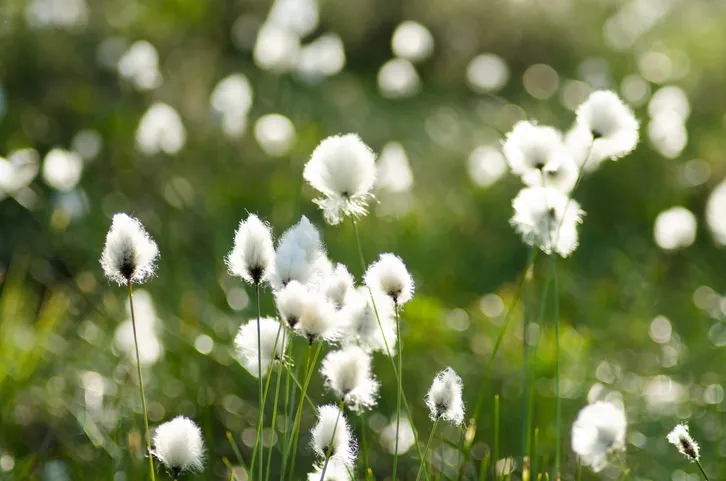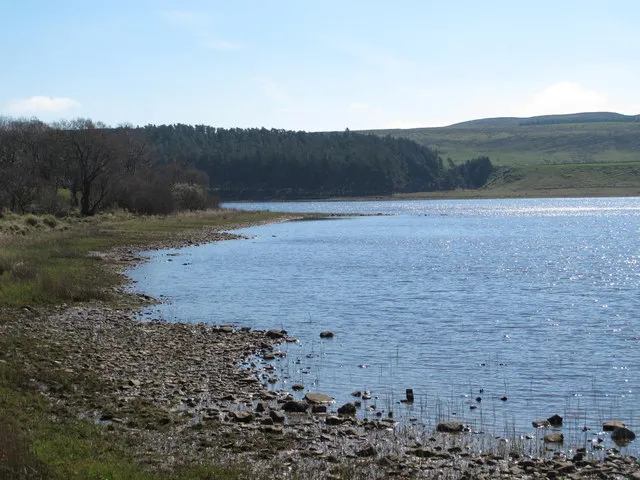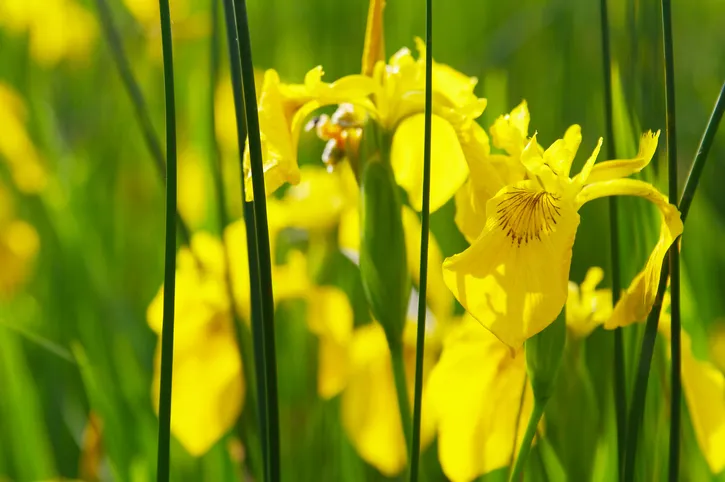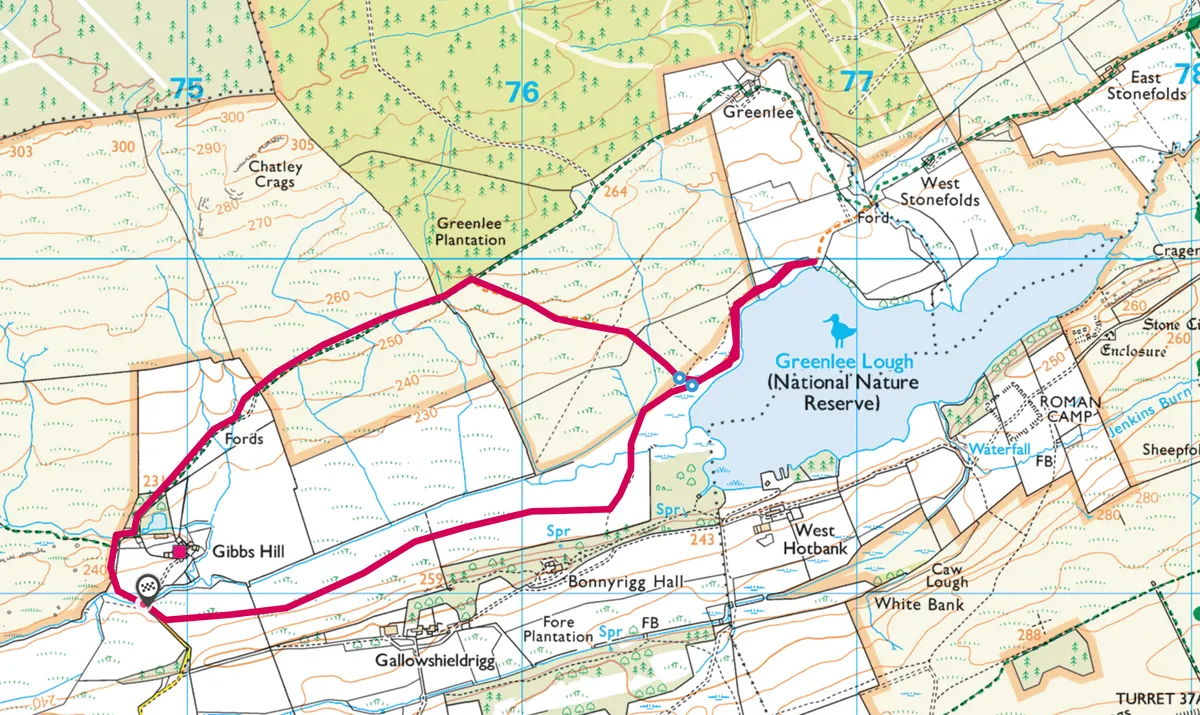The wetlands surrounding Greenlee Lough make up a rare mosaic of habitats, home to a rich variety of flora and fauna. So unusual is this pattern that Natural England has declared it a Site of Special Scientific Interest and a National Nature Reserve consisting of approximately 80% open water.
Its surrounding wetlands make up a mosaic of habitats that is now rare in Britain and home to a rich variety of flora and fauna. So unusual is this pattern that Natural England has declared it a Site of Special Scientific Interest and a National Nature Reserve consisting of approximately 80% open water.

1. Moss and bog
About 1½ miles north of Once Brewed cross roads on the B6318 Military Road, lies a permissive car park beside Gibb’s Hill farm. A track from here leads to the southern edge of Wark Forest, then gently downhill to a gate opening onto a wooden boardwalk. This takes you through peat bog containing sphagnum mosses, bog asphodel, sundew and cranberry. Look out here for the large heath butterflies that depend for survival on cross-leaved heath, and their caterpillars that live almost exclusively on cotton grass.

2. Woods by the water
The boardwalk now enters tall reedbeds and a wilderness of flowers, including marsh cinquefoil, ragged robin, valerian, skullcap and yellow flag iris. You might also catch a transient waft of water mint amid the overwhelming scent of meadowsweet.
Continuing beyond the end of the boardwalk past a small shoreline wood, you will come to a bird hide from which you can look across the lough to a plantation of Scots pine, which is the site of a heronry.
Whooper swans and varieties of geese mingle on the water together with ducks such as teal, mallard, goldeneye, widgeon and pochard. Many of these are seasonal visitors, arriving in winter to take advantage of the sheltered environment. The maximum depth of Greenlee is around two metres and the large perch that swim here are easy to spot from the air, which makes this an ideal hunting ground for the ospreys that often stay for two or three weeks during their southerly migrations in late summer and early autumn.

3. Reedlands
Return to a junction of boardwalks, where a second leads through more reedbeds to join a footpath across fields alongside woodland to the road just south of Gibb’s Hill.
Greenlee Lough walking route and map
